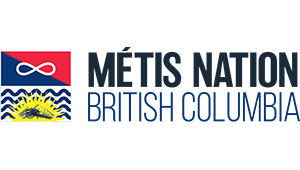
Learn how to become a citizen scientist and connect with nature and your community.
Have you ever wondered when you are on a walk, what is that plant or animal? Guess what? There is an app for that! Of course there is, there is an app for everything these days. However, you can contribute to citizen science by uploading your observations through specific apps to help map out where species around the globe are located. These observations are then used by scientists to explore questions such as how biodiversity is changing, or mapping bird migratory routes.
There are two organizations MNBC has accounts with and encourage nature lovers such as yourself to join and become a citizen scientist. The first one is iNaturalist and the second is the Cornell Lab of Ornithology who created the eBird and Merlin apps.
Citizen science is a powerful mechanism that we can use to connect to community members, learn about nature, and contribute to the gathering of meaningful data. MNBC can use this data to better determine what citizens are observing on the land and can gain a better understanding of what programs and initiatives citizens would like us to support in the future.
What is iNaturalist?
iNaturalist is an organization that has one of the world's most popular nature apps for identifying observations of plants, fungi and animals. You can become a citizen scientist by using iNaturalist by adding pictures of plants, fungi and animals. The pictures you upload become a part of a global database that maps out where all these species live and helps scientists understand the biodiversity and changes happening in ecosystems.
iNaturalist works by the apps’ AI identifying what organism is in the picture you uploaded. Then other citizen scientists on the app will confirm if the AI is correct or not. Once two or more people agree on the identification, the observation is considered “Research Grade” and can be used for scientific research. The sharing of observations and knowledge builds a community of citizen scientists you can become a part of.
Curious about how to use the app? Watch our 3-Minute iNaturalist tutorial on YouTube or check out our full How To Use iNaturalist Webinar!

Share your observations with us
What is eBird and Merlin ID?
Learn how to level up your bird identifying skills and become a citizen scientist by uploading your bird observations to eBird! Use the Merlin ID app to identify birds, then use eBird to track what you observe. By uploading your checklist to eBird, it helps with global research on bird populations and changes in migratory routes.
Once you make an account with the Cornell Lab of Ornithology, you can download both the eBird and Merlin apps on your phone or print out a checklist for your walk and upload it to the eBird website after. Below are the differences between the two apps.
Merlin ID app
- It is a bird identification guide, like a bird ID book
- It has step by step ID, sound ID and photo ID
- It has species specific information about birds
eBird app
This app keeps track of your bird lists, photos, and sounds
Uploading your checklists contributes to science and conservation
It helps you find specific bird species and bird hotspots


